In Kyushu, once the hot, sunny summer is over, the leaves on the trees begin to turn brilliant shades of yellow and red around the end of October. We thought that an atmospheric castle town would be the perfect place to appreciate the changing seasons, so we decided to visit Obi in Miyazaki, a town we had been interested in for quite some time.

Obi is located in southern Miyazaki Prefecture, on the opposite side of Kyushu from Fukuoka, and can be reached by either car or train. The trip takes about four hours by car on the expressway or about six hours by train.
Getting There
• Hakata Station - Kagoshima Chuo Station: Shinkansen
• Kagoshima Chuo Station - Miyazaki Station: Train
• Miyazaki Station - Obi Station (JR Nichinan Line): Train
If you opt to go by train, it takes about 90 minutes from Hakata to Kagoshima by Shinkansen. From there, you will have to change trains twice to get to Obi. If you time your visit just right, you can also make part of this trip by sightseeing train, since the 36 + 3, a sightseeing train that travels between Kagoshima Chuo Station and Miyazaki Station, runs on Fridays.
Arrive in Obi after a leisurely trip on the Nichinan Line
Although you can walk from the station to Obi's scenic castle town, we recommend renting a bicycle from Nichinanya (electric-assist bicycle, ¥500/day), a bicycle rental shop right in front of Obi Station. There are no coin-operated lockers at Obi Station, but Nichinanya will hold your bags for a fee (¥400/bag).
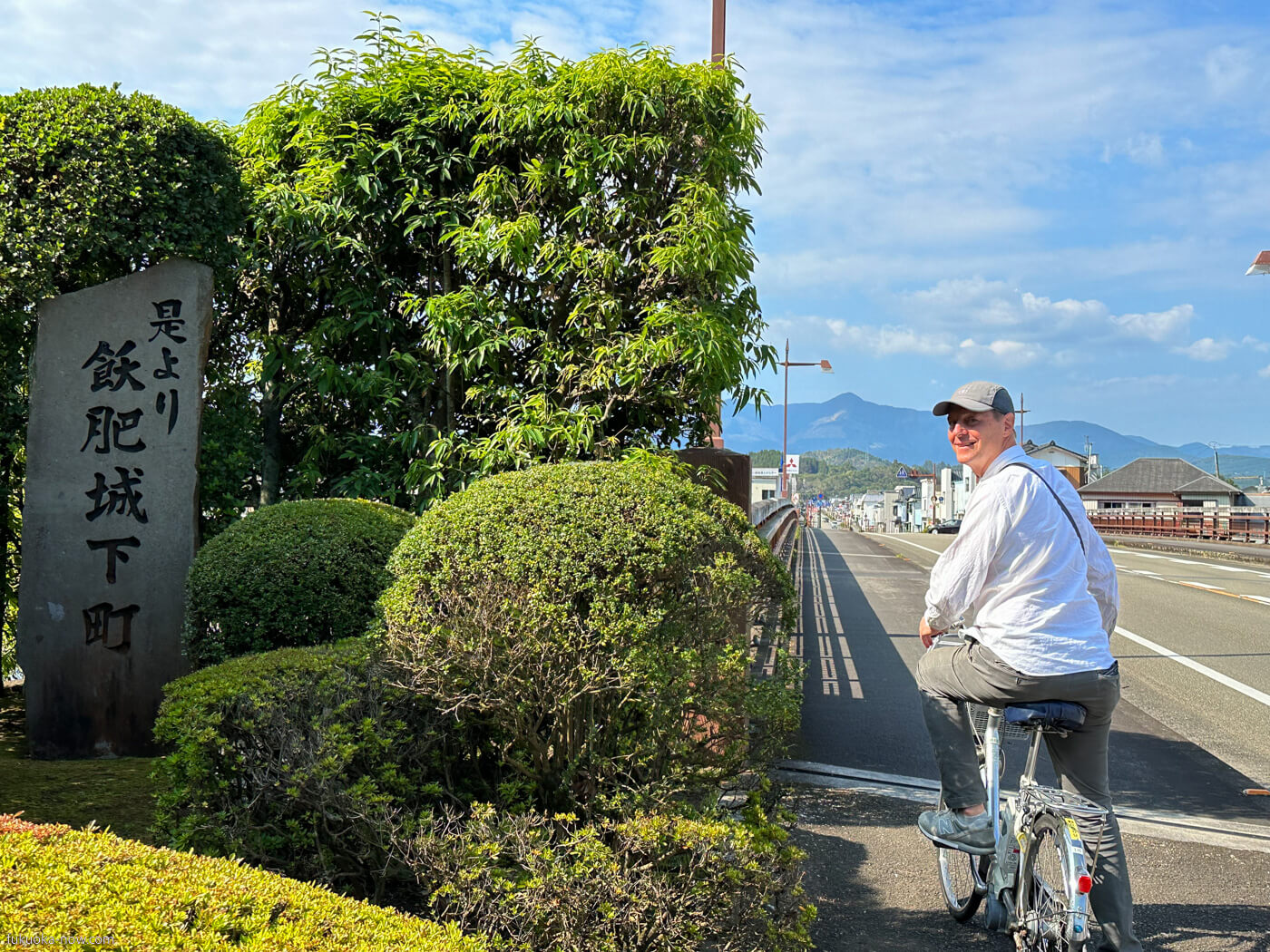
After strolling through the castle town, you start to make your way up the hill where Obi Castle sits. Once inside the Otemon Gate, you find yourself in a serene world, surrounded by Obi cedars.
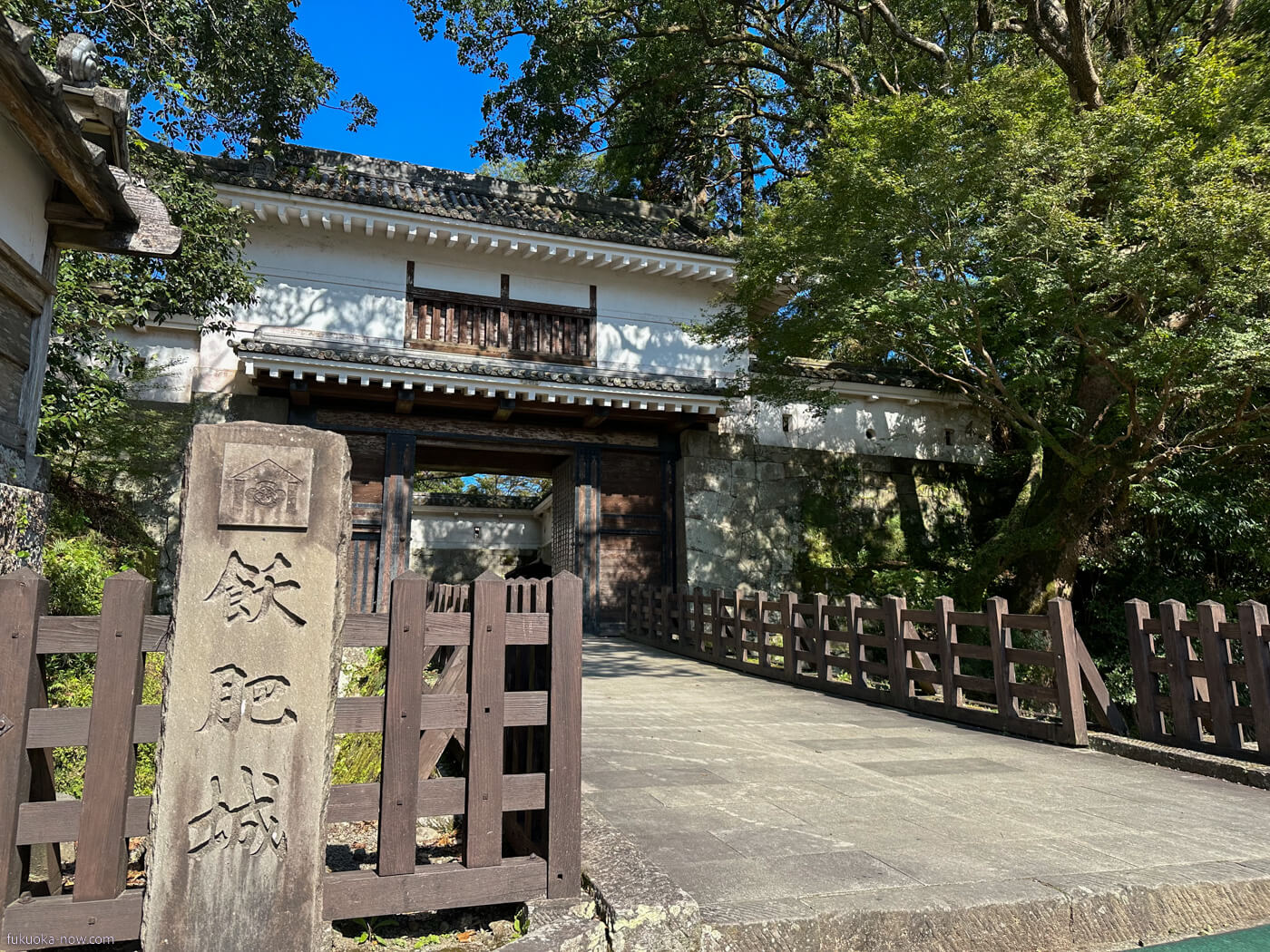
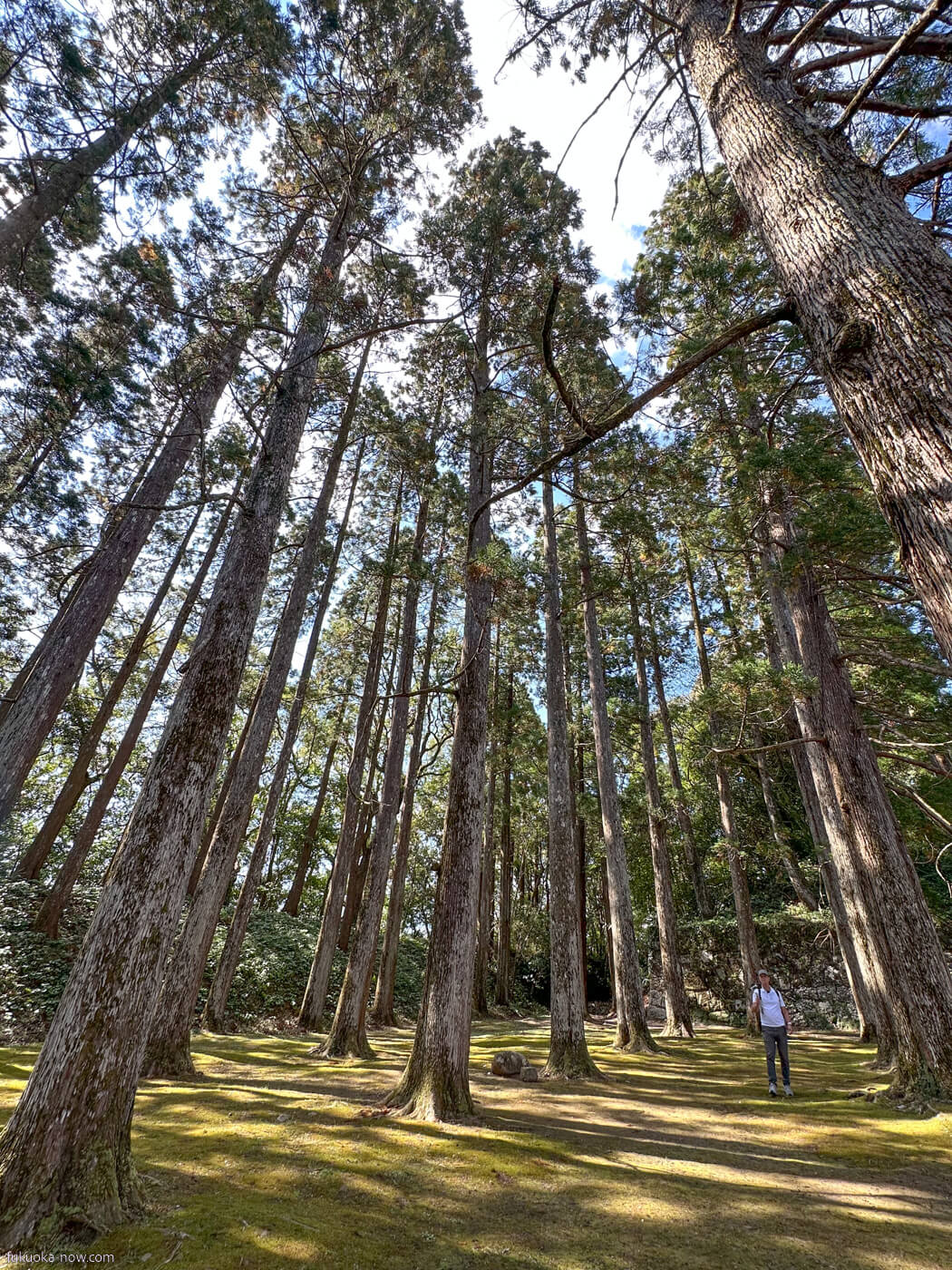
The stone walls and stairs are made from Obi stone and lead you to stately samurai residences. The Old Ito Denzaemon House once belonged to a senior retainer of the Ito Clan who ruled Obi Castle. It was renovated and reopened in April 2022 as a high-quality lodging facility where visitors can experience the history and culture of the area.
Akanesasu Obi
https://www.akane-sasu.com/obi/
4-4-1 Obi, Nichinan City, Miyazaki

The residence is thought to have been built in the mid-19th century (late Edo period), making it the oldest samurai residence in Obi Castle Town. This samurai residence, which offers visitors plenty to see in its own right, can also be rented out.
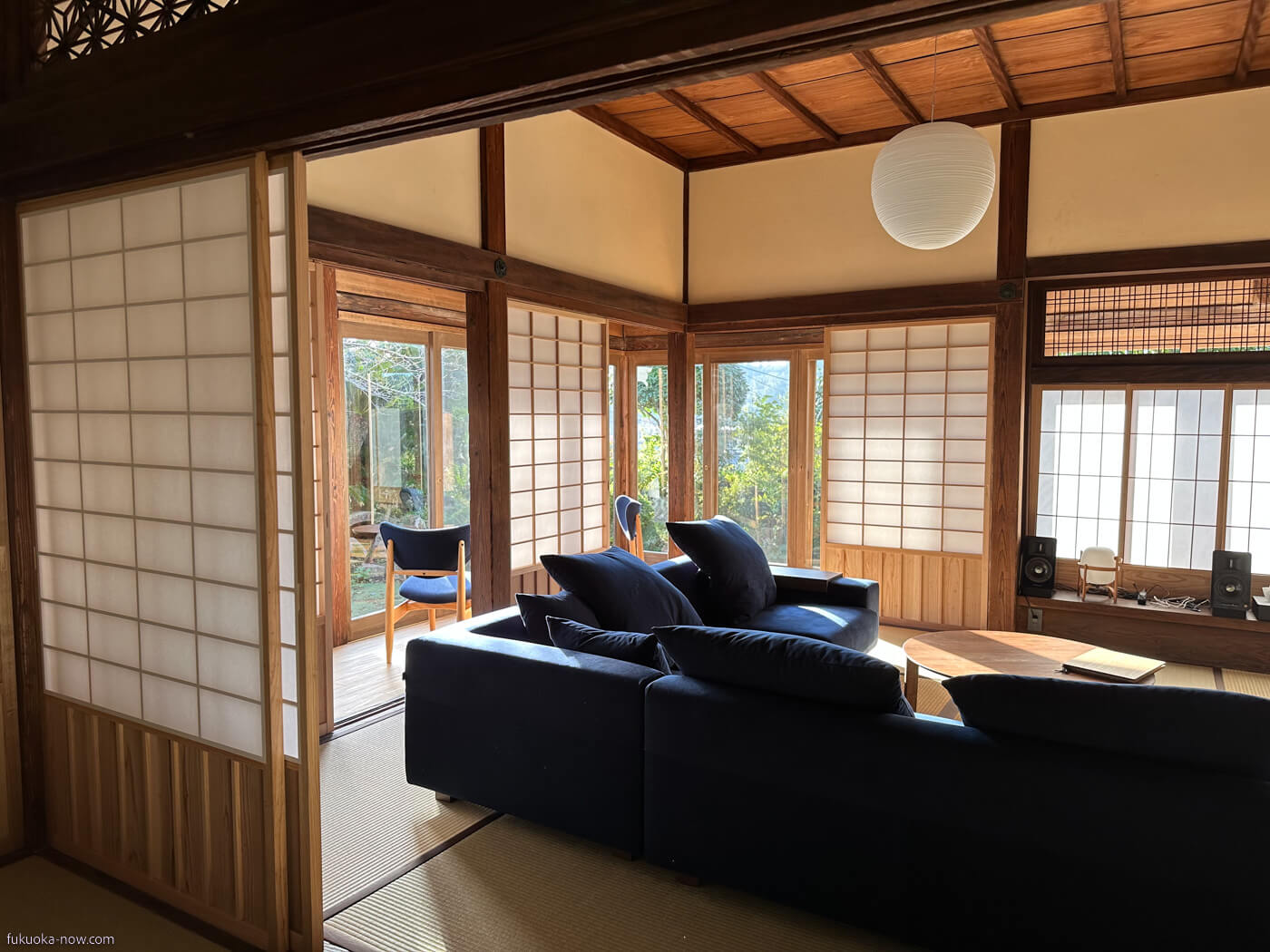
Obi cedar, a specialty of the area, is used throughout the residence, whose interior is simple yet beautiful.
The L-shaped garden surrounding the residence, a registered national monument, is a dry landscape garden (a type of Japanese garden that depicts landscapes using materials like stone and white sand, without using water). After it gets dark, you can turn on the lights to enjoy viewing the garden at night.
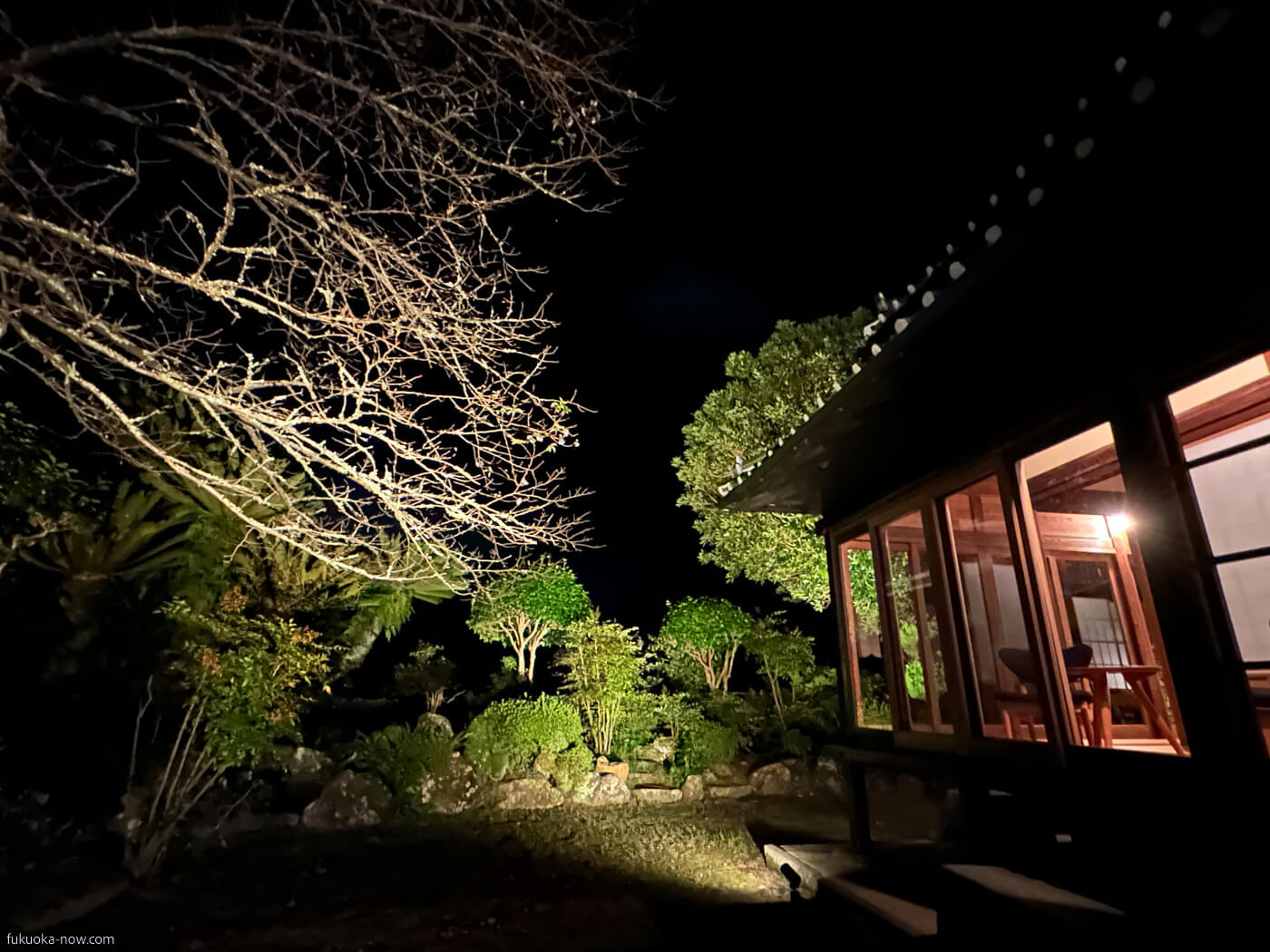
Morning stroll through the castle town
Obi is a beautiful castle town, but one of the reasons why people keep wanting to visit again and again are the children. Every time we passed children, they all greeted us happily, even though we were tourists from out of town. Consider yourself lucky if your walk coincides with the times of day when the children are heading to and from the elementary and junior high schools located next to Obi Castle!
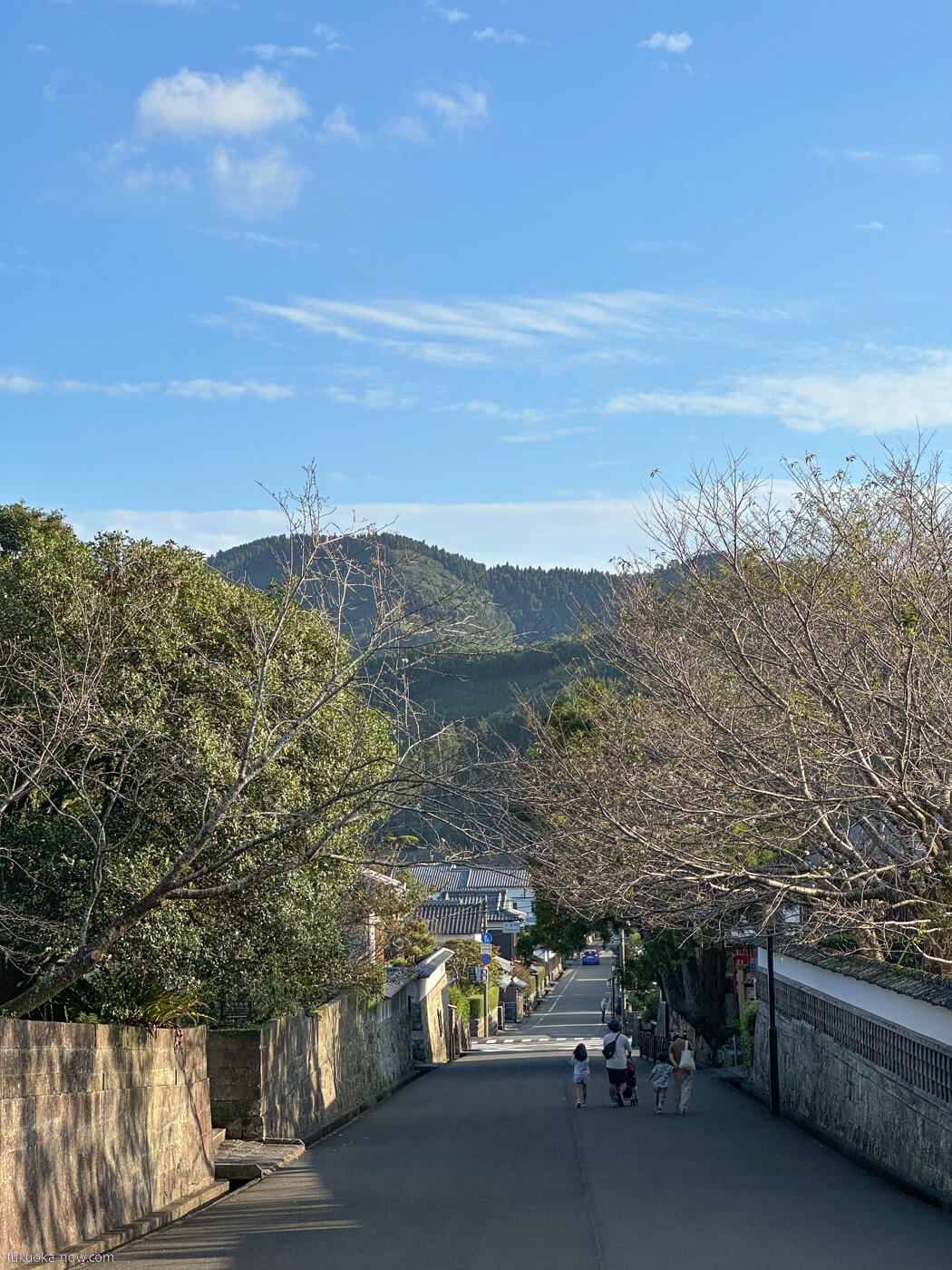
The road closest to Obi Castle is Yokobaba-dori. This is where the high-ranking samurai once lived. The Old Ito Denzaemon House, which also doubles as an inn called Akanesasu Obi, and other magnificent samurai residences stand alongside stone walls, creating a particularly grand atmosphere in the castle town area.
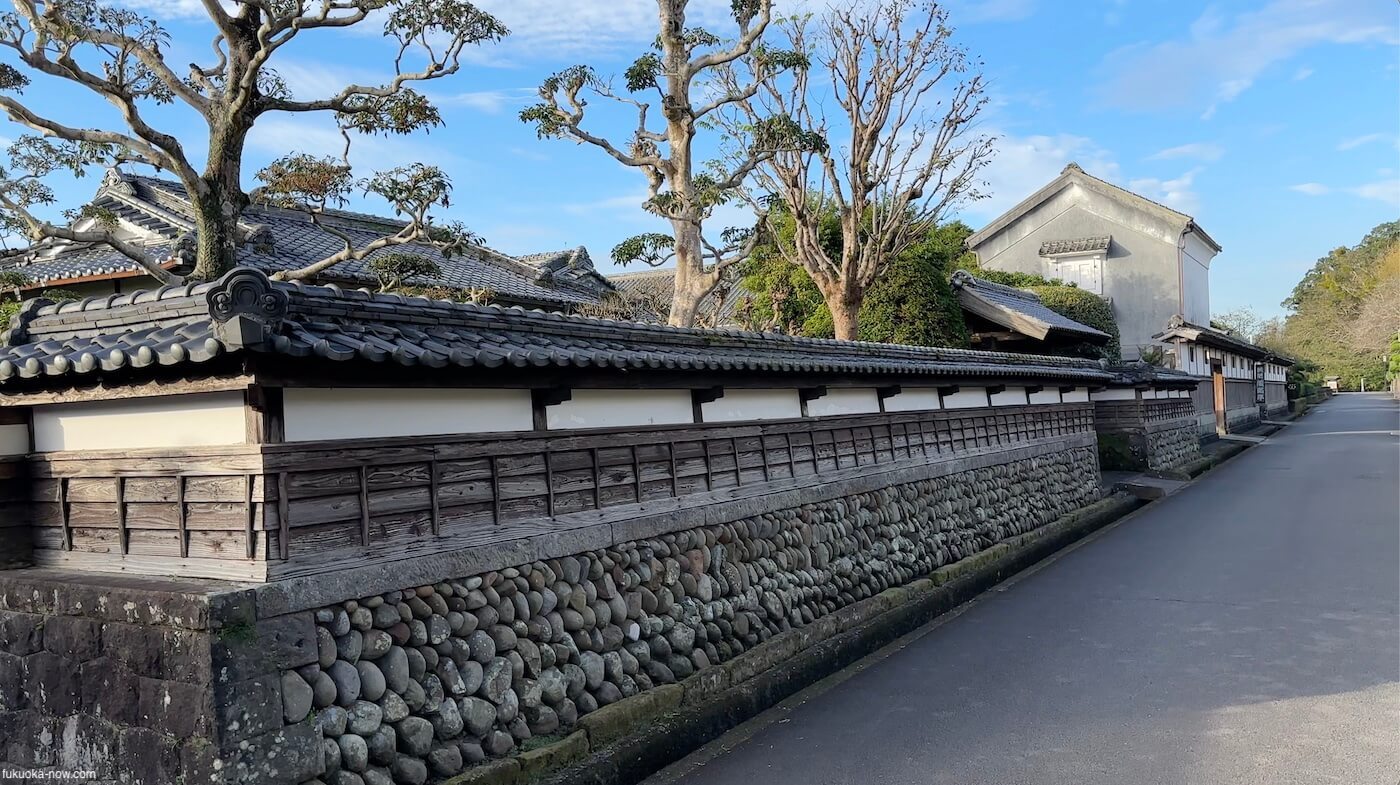
Giant camphor tree
About a 3-minute walk from the inn, there is a giant camphor tree that seems to symbolize the tranquility of the town. The tree is thought to be over 400 years old and has been designated by the city of Nichinan as a natural monument. When you walk up the steps of the shrine, which is surrounded by Obi cedars, you are struck by the fresh scent and overwhelming atmosphere.
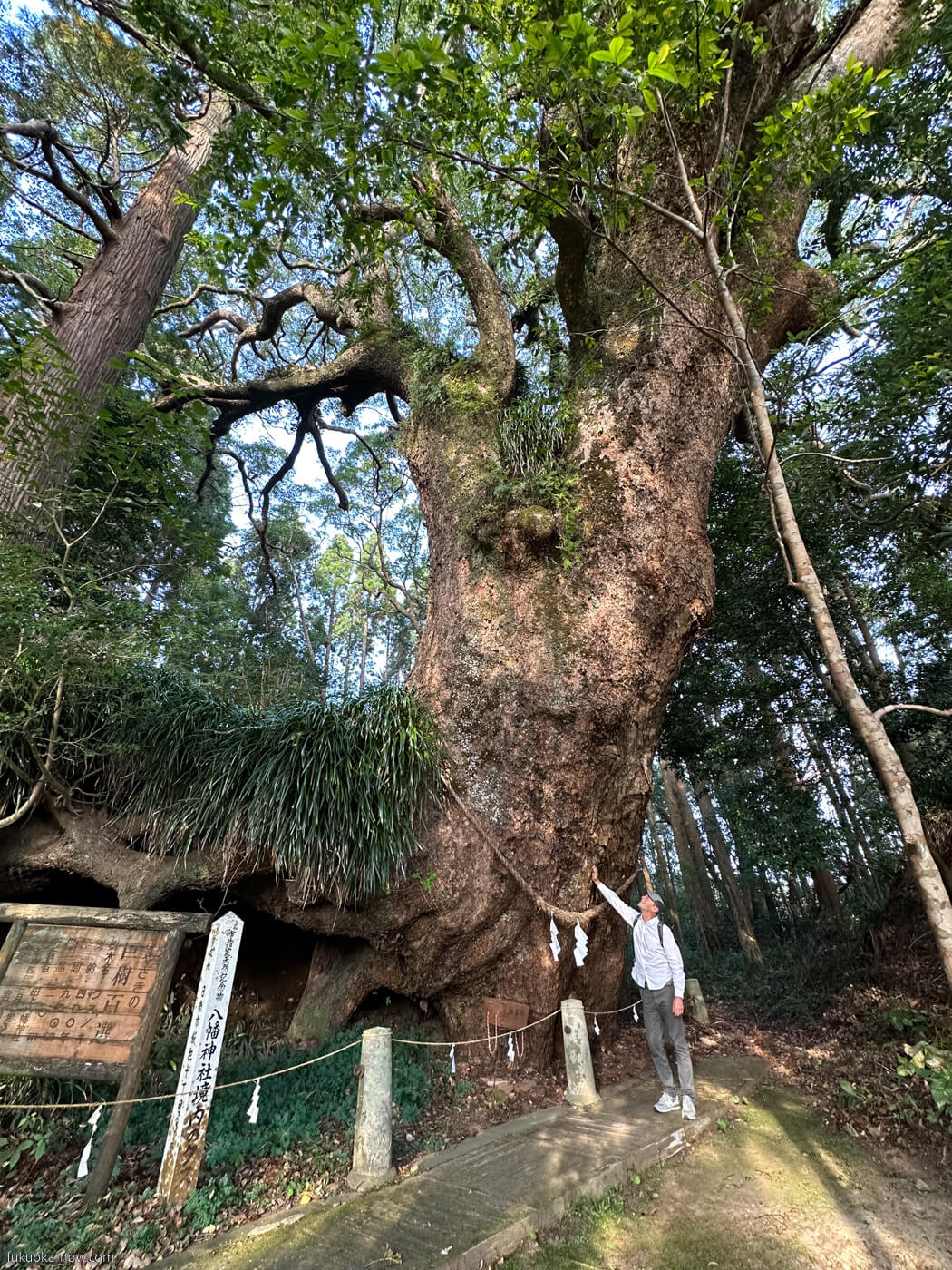
Tanoue Hachiman Shrine
10-3-12 Obi, Nichinan City, Miyazaki
Obi is also known as the birthplace of Jutaro Komura, a renowned Japanese diplomat from the Meiji era (late 19th - early 20th centuries). When you are here, you can visit his birthplace, Shintokudo (the school he attended) and a memorial hall dedicated to him.
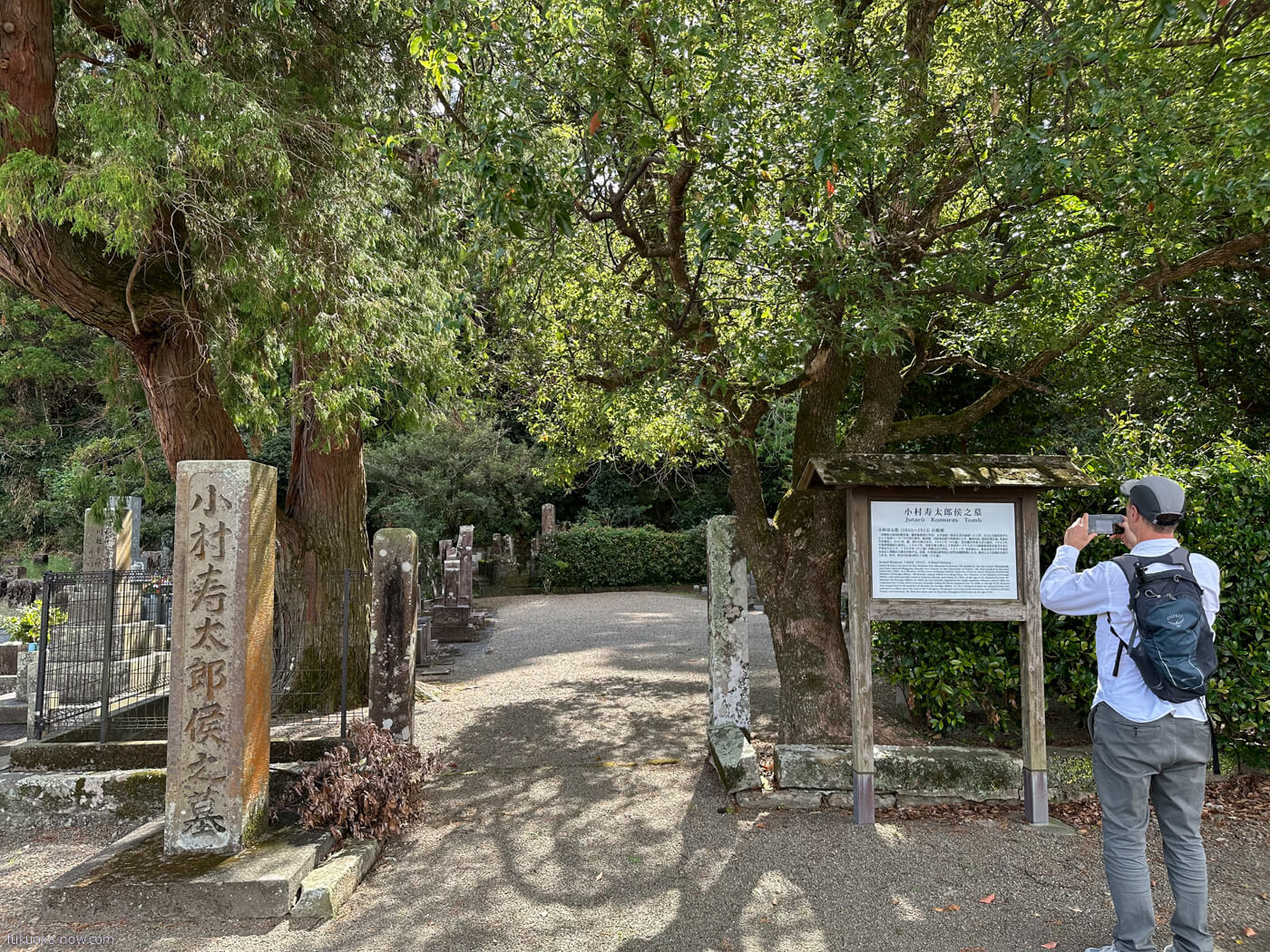
In 1977, Obi was selected as the first area in Kyushu and the second in Japan to be designated by the national government as an Important Preservation District for Groups of Traditional Buildings. Even today, the people who live in Obi take good care of the townscape. Some of the roadside canals that were built to draw water from the river still remain throughout Obi. Nishiki carp were released into the canal along Ushiromachi-dori, adding color to the peaceful townscape.
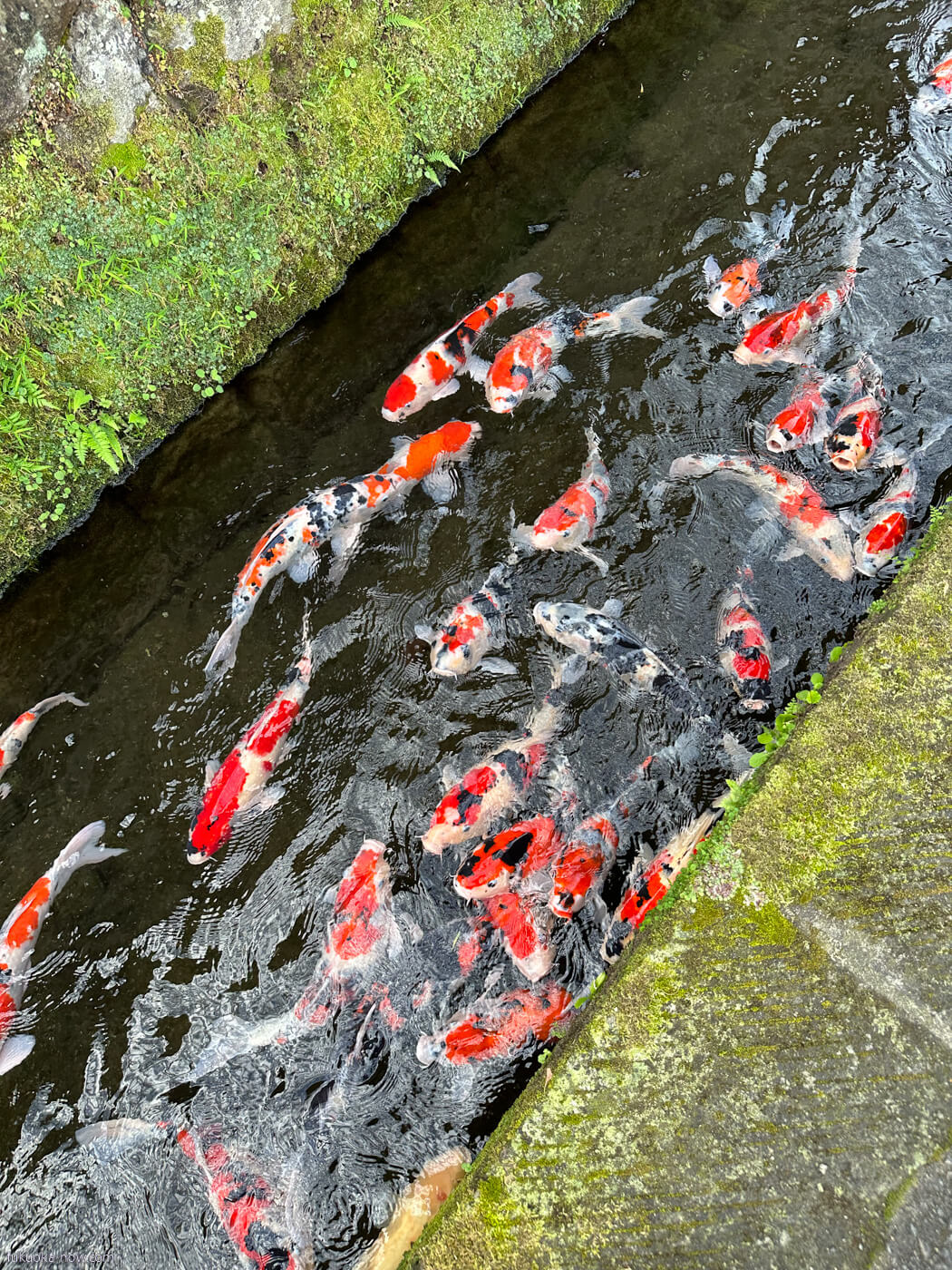
Many stores line National Route 222, which is called Honmachi-dori. These include long-standing shops that produce and sell local delicacies like thick rolled omelets and obiten, a deep-fried mixture of fish paste and tofu.
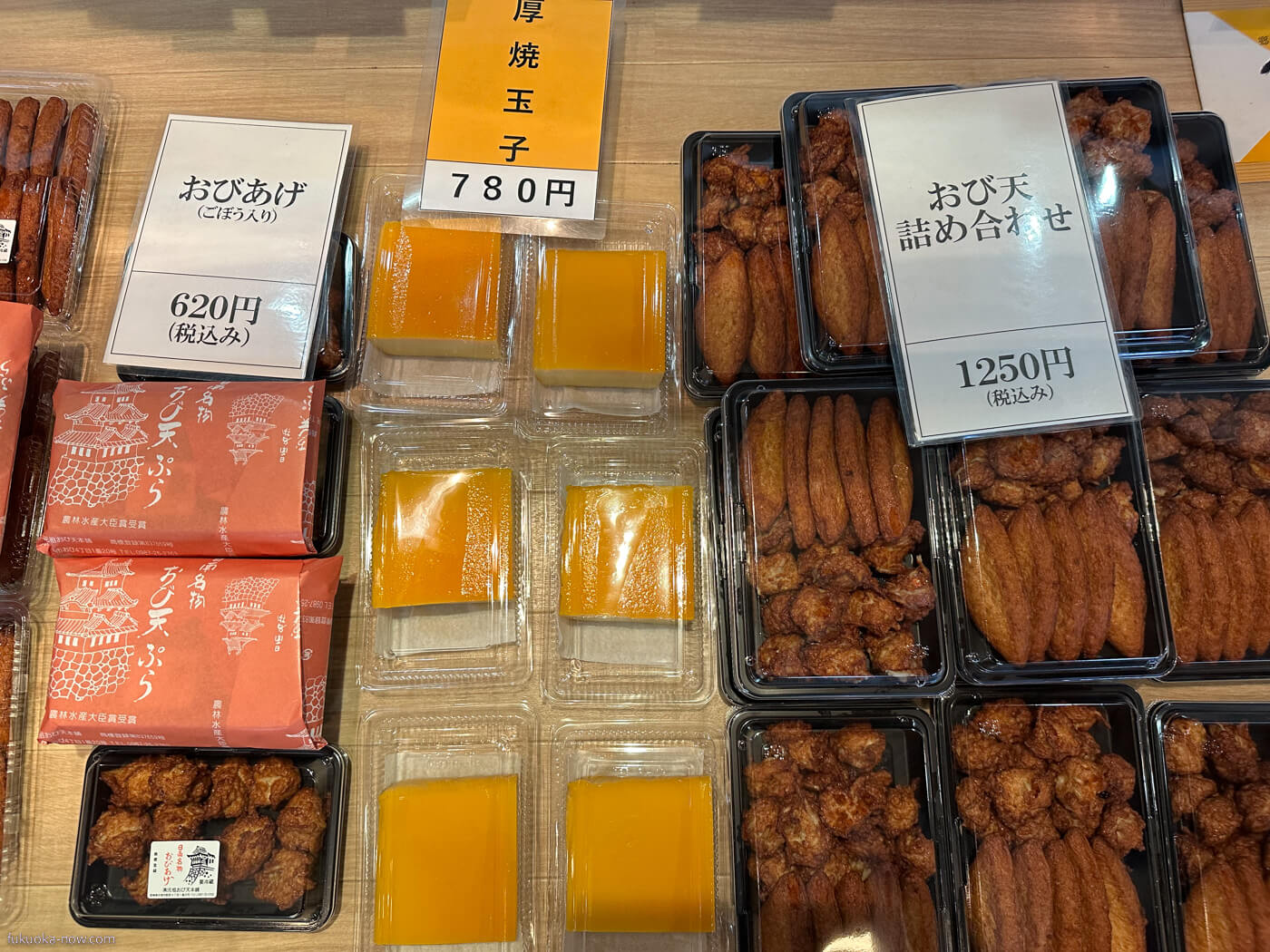
If you want to get around Obi effectively, we recommend picking up the Obi Ayumi-chan Map, which comes with five vouchers. You can purchase one for ¥800 at Nichinanya in front of Obi Station. You can exchange the vouchers for delicious foods and souvenirs at 33 participating stores throughout the city, and the map can also be used to get discounts on admission fees at certain paid facilities.
If you are traveling to or from Obi on a weekend
We recommend taking the unparalleled sightseeing train Umisachi Yamasachi, which features Obi cedar on both the interior and exterior. The train runs on the Nichinan Line on weekends and holidays only. The large windows afford great views of the blue sea on one side and the lush forests on the other. You can also buy drinks and snacks inside the train. Why not enjoy a leisurely trip on the Nichinan Line with some Nichinan Beer and cheese manju buns?
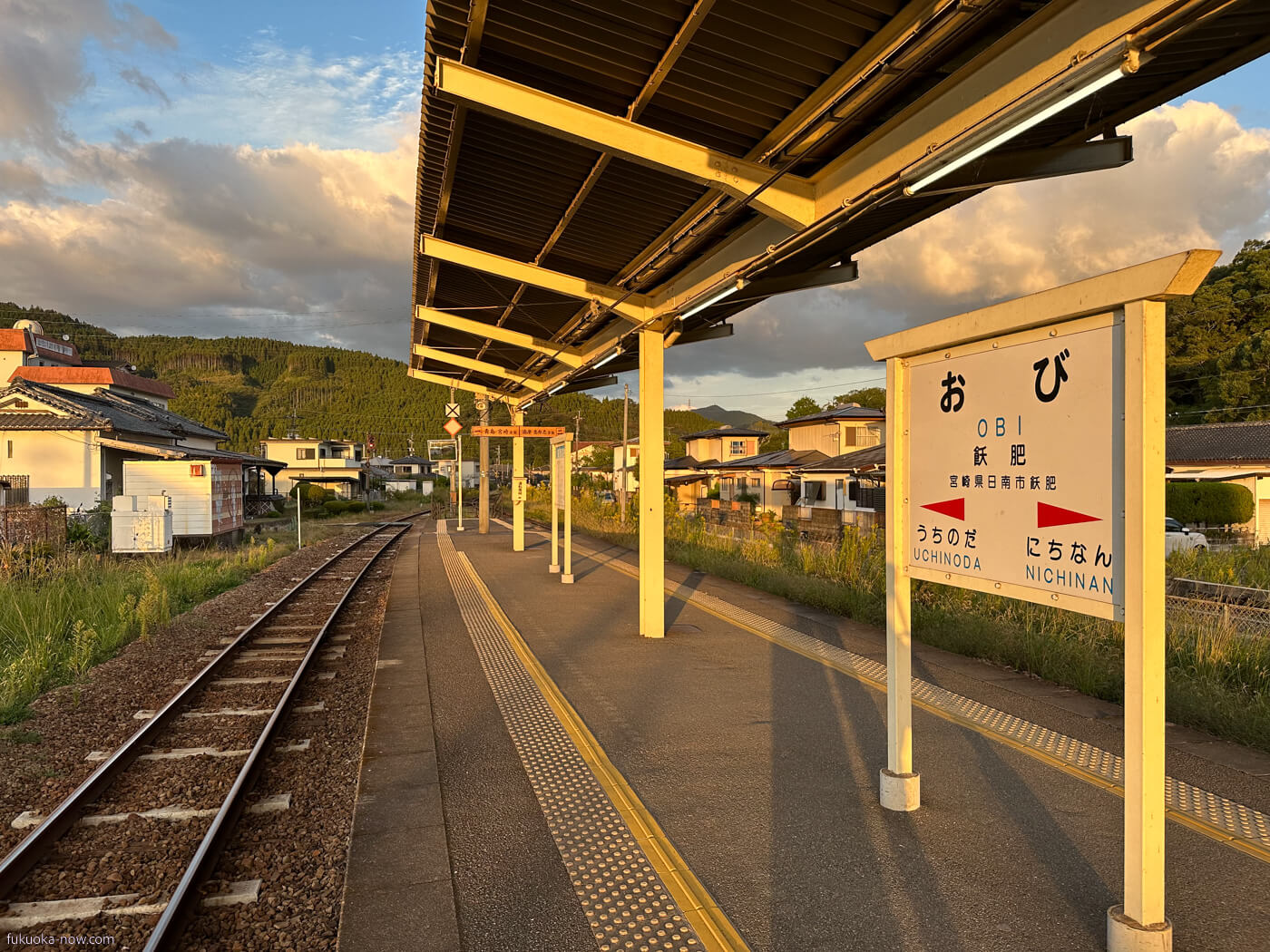
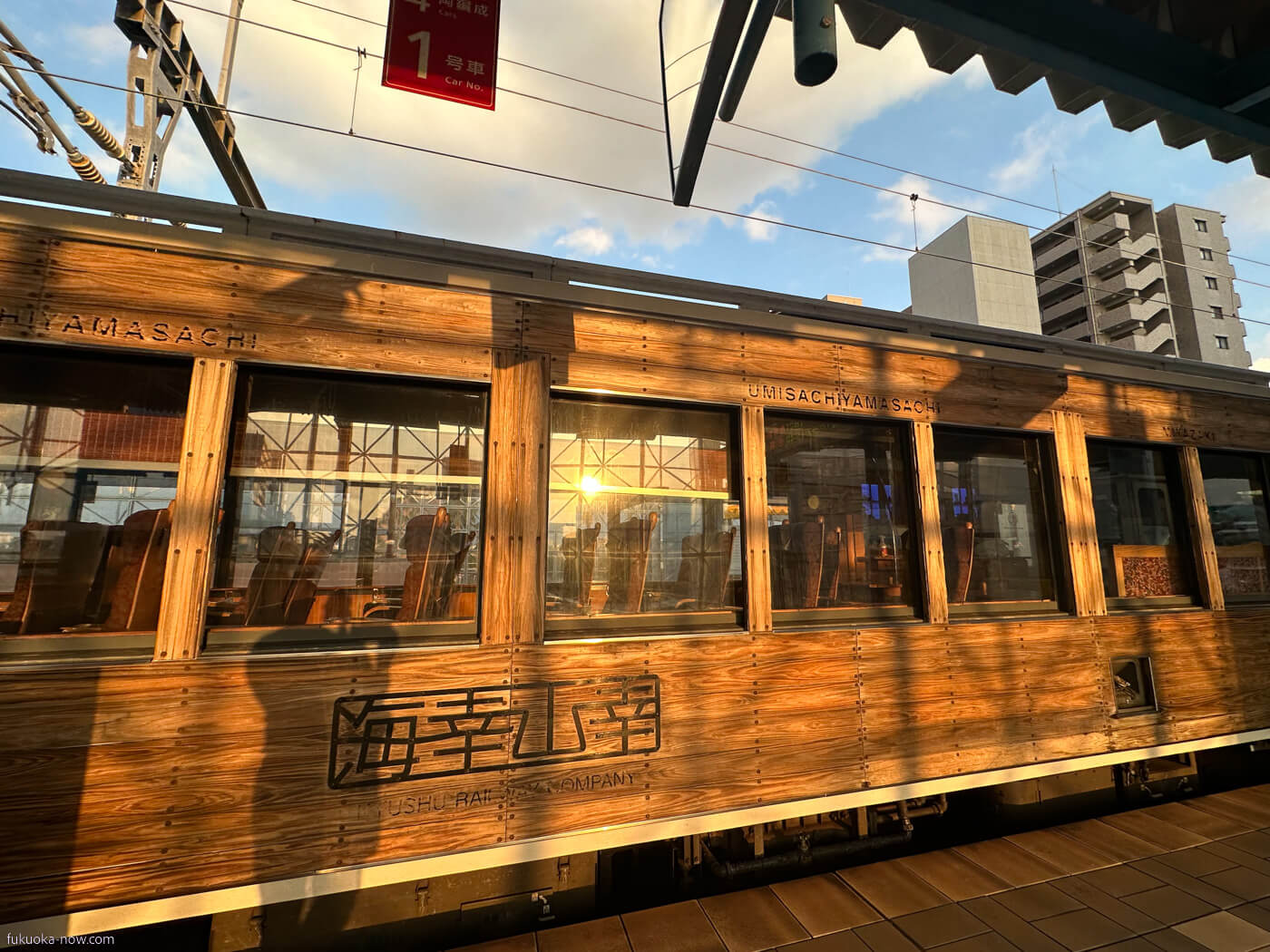
Umisachi Yamasachi (Sat., Sun., Hol.; 2 trains/day, 2 cars per train)
Bask in the tropical sun as you travel through a region steeped in history and nature.
The spacious and open interior and seats, which are made from local Obi cedar exude warmth and comfort. This sightseeing train allows passengers to enjoy views of Nichinan's blue sea and the forests of Obi.

Obi is a quiet town that is rich in water resources. The Saketani River, which wraps around the town on three sides, was used as a natural moat for the castle, and parcels of land were allocated in such a way as to take advantage of the natural topography. Obi Castle is located on the top of a small hill, and different residential districts were created for high-level retainers, mid-level retainers and regular townspeople. The castle town of Obi is a great place to spend a night and leisurely enjoy the changes that occur during the course of a day.
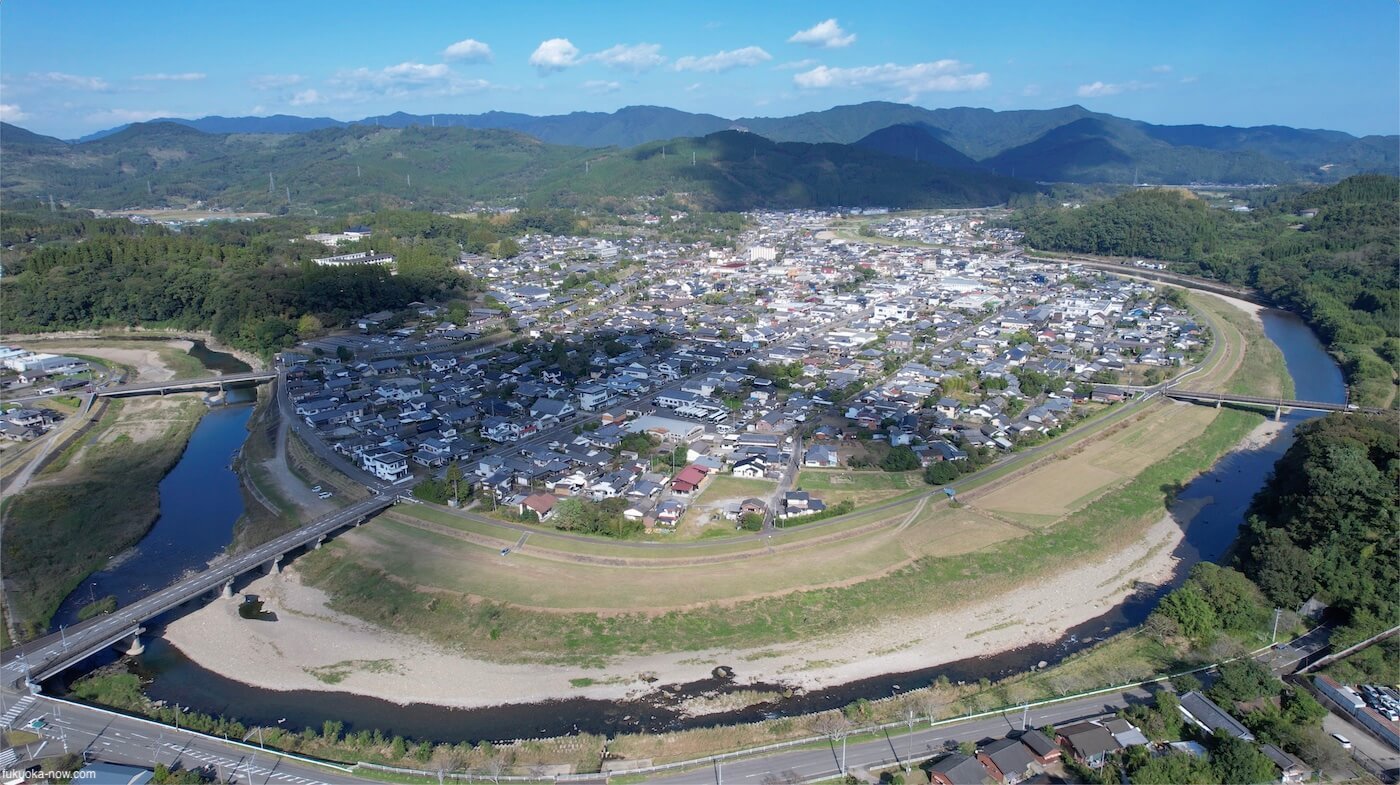
Kyushu Live!! - Kyushu's Quiet Castle Town - Obi, Miyazaki!






















